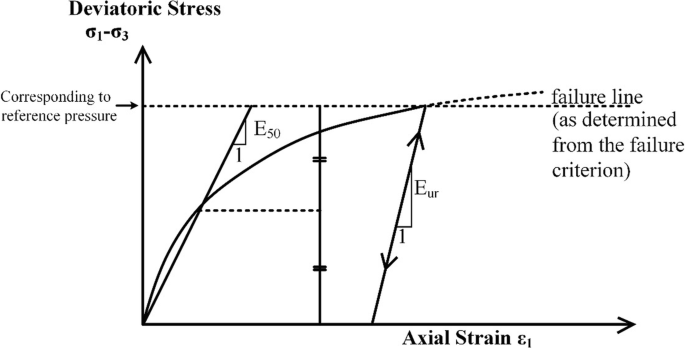

Experimental results Identifications testsĪs part of soil identification wet sieve and sedimentation analyses were performed on five undisturbed soft clay specimens. The second group of tests included oedometer tests (compressibility and consolidation), consolidated undrained (CU) triaxial tests and consolidated drained (CD) triaxial tests. The soil identification tests included: grain size distribution (sieve and hydrometer), total unit weight, specific gravity, Atterberg limits and content of organic wastes (OM). Laboratory tests have been carried out at the soil mechanics laboratory of the Higher Institute of Technological Studies of Rades (Tunis). Therefore, soft soil specimens are ready for laboratory tests from extracted cutting shoe. In laboratory, undisturbed soil specimens are extracted by penetrated thin cutting shoe in the direction of in situ extraction. Extracted PVC tubes are then placed in wood boxes and transported from the site to laboratory so that shocks are prevented. Undisturbed samples are cored in PVC tubes of 101 mm external diameter, logged in the rotary driller gently penetrated within soft clay layer at displacement rate of about 10 mm/min. Two cored specimens (specimen 4 and specimen 5) have been extracted at depths of 3.75 m and 7.75 m, respectively. Thickness of the upper fill layer is 2.5 m. Three undisturbed cored specimens (specimen 1, specimen 2, and specimen 3) have been extracted at depths of 7.55, 9.85 and 18.35 m, respectively.īH2 soil profile shows a similar formation as that observed in BH1. Cored specimens namely CS1 and CS2 have been extracted, respectively, at 7.5 and 9.5 m depths by a double rotary driller of external diameter 101 mm.īH1 soil profile shows an upper fill layer of 7 m thickness overlaying the Tunis soft clay layer of about 18 m thickness. In the urban area of Tunis City two bore holes namely BH1 and BH2 spaced of 10 m were executed at the “Avenue de la République”. As continuation of this latter, the prediction of an embankment behavior is here investigated using stage construction scheme. The validation of those constitutive models was discussed based on comparison between experimental and numerical results. From experimental data the soil parameters of hardening soil and modified cam clay constitutive laws are determined and then used as input data to simulate oedometer and triaxial tests. A set of identification tests, oedometer and triaxial tests has been performed on samples extracted during geotechnical campaigns conducted in Tunis City. This paper focuses on the study of behavior of TSC as observed from experimental investigation conducted in laboratory. Numerical predictions of the behavior of two geotechnical infrastructures have been proposed adopting the SSM for TSC. Those authors assessed the validity of soft soil model (SSM) as suitable constitutive law for the remolded Tunis soft clay after comparisons between numerical results (simulation of oedometer and triaxial tests) and measurements during performed tests in laboratory. Relevant contribution on numerical modeling of TSC was proposed by Tounekti et al. In this paper, a comparison was made between the characteristics of reconstituted and undisturbed TSC. An overview on geotechnical parameters of TSC and related correlations were suggested by. In parallel, the use of reconstituted TSC to avoid disturbance of specimens does not reflect the actual behavior of in situ soil. Besides, performing in situ tests sometimes leads to unrealistic data due to its very low stiffness compared to that of expanded membrane to measure the limit pressure during pressuremeter tests.īouassida reported the difficulty in predicting the undrained cohesion of TSC from in situ vane shear tests due to unreasonable interpretation of these results. This soil commonly called the Tunis soft clay (TSC) is very problematic because of the difficulty to extract undisturbed specimens for performing laboratory tests. The soil profile of Tunis City mainly consists of a layer located between 3 and 20 m depth constituted by grayish sandy clay, which is at the origin of the contamination observed on several constructions built on this ground.


 0 kommentar(er)
0 kommentar(er)
